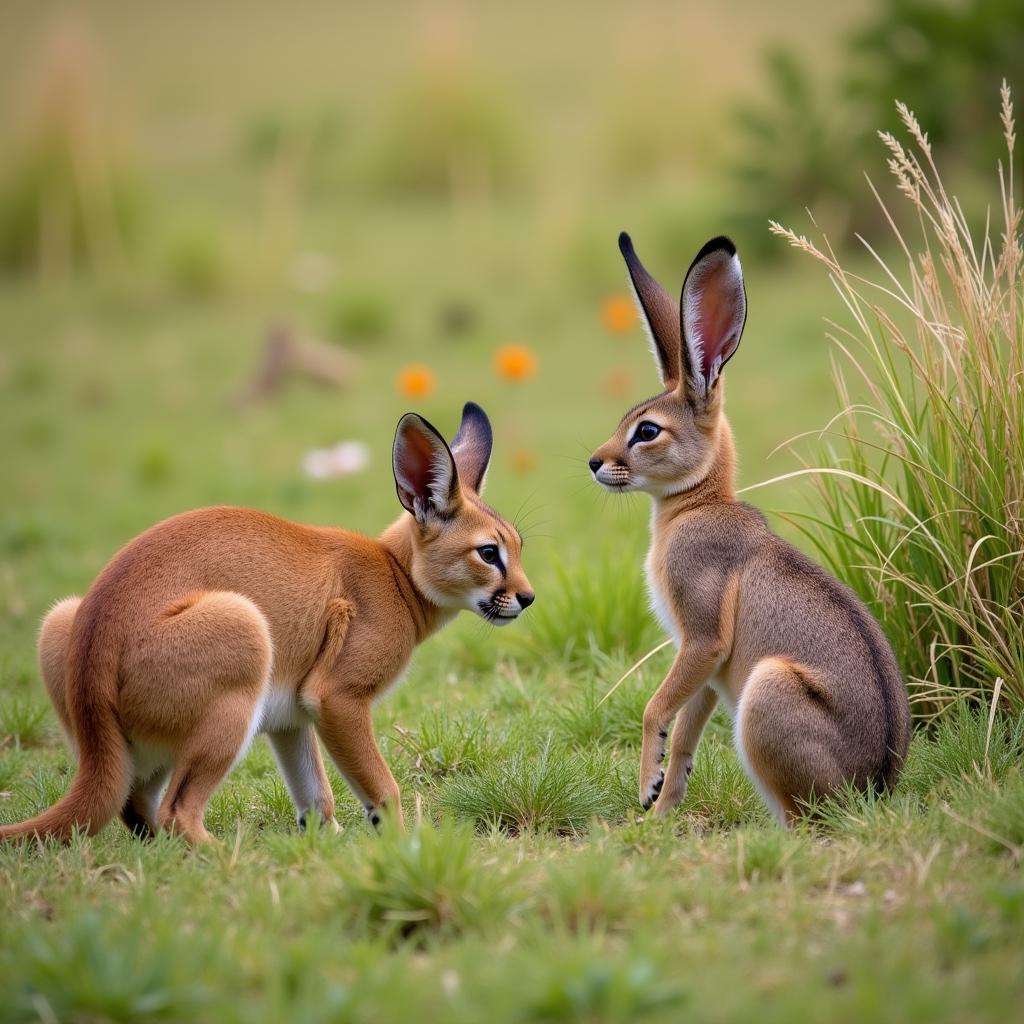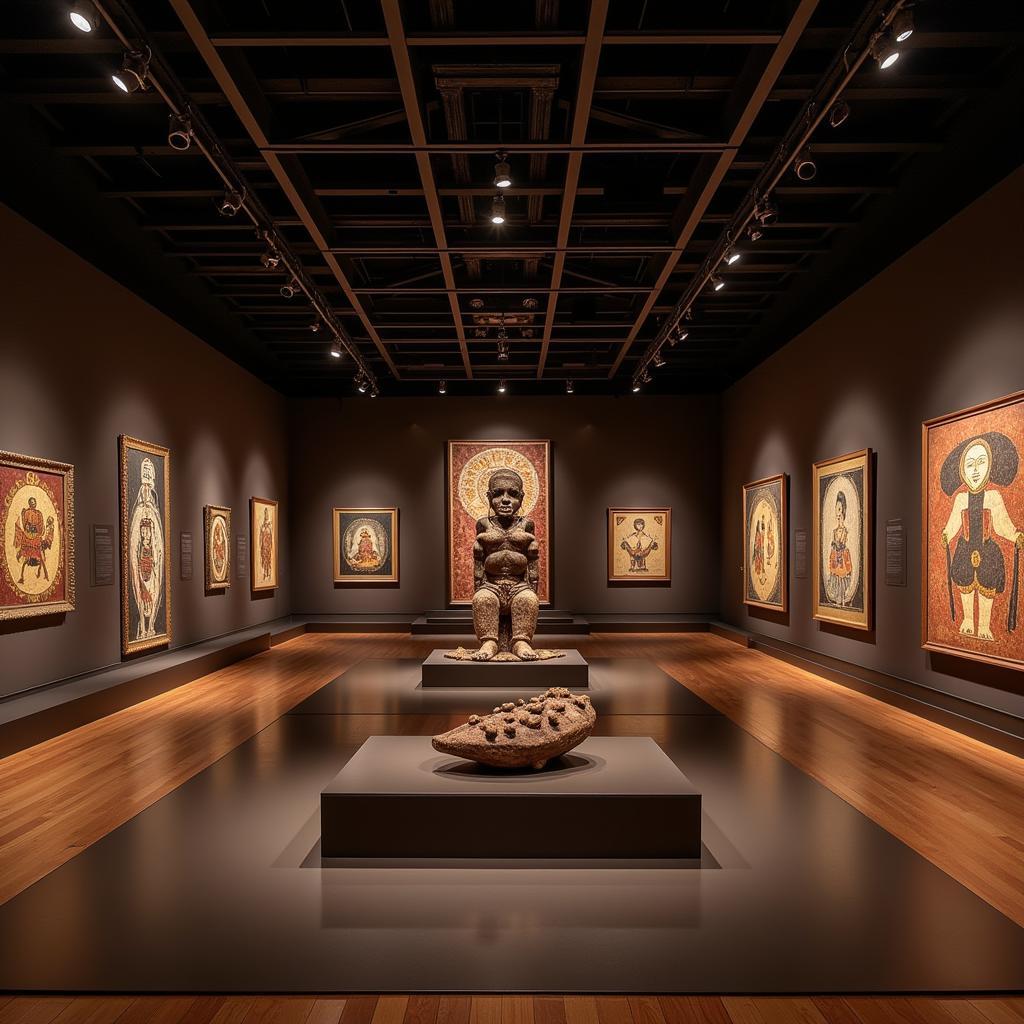The African Golden Oriole: A Radiant Jewel of the African Skies
The African Golden Oriole, with its vibrant plumage and melodious calls, is a true spectacle of the African wilderness. This striking bird, scientifically known as Oriolus auratus, is a member of the oriole family and a common sight across sub-Saharan Africa.
A Vision in Gold and Black
The African golden oriole is a sight to behold. The male is a vibrant symphony of colors, with a bright golden-yellow body that contrasts beautifully with its black wings and tail. A black stripe, resembling a bandit’s mask, runs across its eyes, adding to its dramatic appearance. The females, while less flamboyant, share the black markings but possess a subtle greenish-yellow hue. Juveniles, with their streaked underparts, gradually develop the characteristic bright colors as they mature.
A Songster of the Canopy
Not only is the African golden oriole a visual delight, but its calls are also a treat to the ears. The male’s song is a rich, flute-like melody, often described as a series of clear, whistled notes. These calls are most frequent during the breeding season when males use their melodious voices to attract mates and defend their territories.
Habitat and Distribution
The African golden oriole thrives in a variety of habitats, including savannas, woodlands, forests, and even gardens. It prefers areas with tall trees, which provide ample nesting sites and foraging opportunities. Its range extends across sub-Saharan Africa, from Senegal in the west to Ethiopia in the east and south to South Africa.
Diet and Feeding Habits
The African golden oriole’s diet primarily consists of fruits, particularly figs, berries, and drupes. It supplements its diet with insects, nectar, and small reptiles, demonstrating its adaptability as an opportunistic feeder. You can often spot them flitting through the canopy, plucking ripe fruits or diligently searching for insects among the leaves.
Breeding and Nesting
The breeding season for the African golden oriole varies depending on the region but generally coincides with the rainy season. During this time, males court females with their vibrant displays and melodious songs. Once paired, they collaborate to build a small, cup-shaped nest woven from grasses, leaves, and spider webs, typically suspended from a forked branch high in the canopy.
Conservation Status
The African golden oriole is currently listed as a species of Least Concern by the International Union for Conservation of Nature (IUCN), indicating that its population is relatively stable. However, habitat loss due to deforestation and agricultural expansion poses a potential threat to its long-term survival.
A Symbol of Beauty and Resilience
The African golden oriole, with its dazzling plumage, enchanting songs, and remarkable adaptability, stands as a symbol of the beauty and resilience of the African wilderness. Encountering this magnificent bird is a reminder of the incredible biodiversity that graces the African continent.


